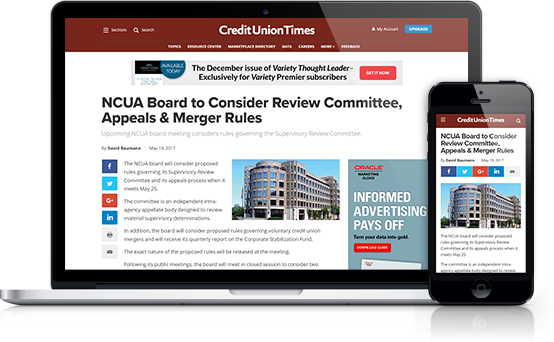As consumers remain cautious with their spending in light of economic fears and uncertainty, the financial industry is also vigilant. Many credit union budgets have been reduced and do not include major system replacements-but that does not mean they are missing any opportunities.
According to Celent, maintenance of existing legacy systems may account for up to 76% of financial institutions' IT budgets this year. Such a prediction suggests that credit unions will have to make due with existing core systems through 2010. As a result, executives will have to be creatively thrifty this year when it comes to keeping their legacy systems up to par with changing market demands.
Despite the constrains, credit union budgets can meet the changing demands of members and the continuously evolving technology of the financial services industry. What options do credit unions have if budgets cannot accommodate new core systems or ancillary applications?
Continue Reading for Free
Register and gain access to:
- Breaking credit union news and analysis, on-site and via our newsletters and custom alerts.
- Weekly Shared Accounts podcast featuring exclusive interviews with industry leaders.
- Educational webcasts, white papers, and ebooks from industry thought leaders.
- Critical coverage of the commercial real estate and financial advisory markets on our other ALM sites, GlobeSt.com and ThinkAdvisor.com.
Already have an account? Sign In Now
© 2024 ALM Global, LLC, All Rights Reserved. Request academic re-use from www.copyright.com. All other uses, submit a request to [email protected]. For more information visit Asset & Logo Licensing.









